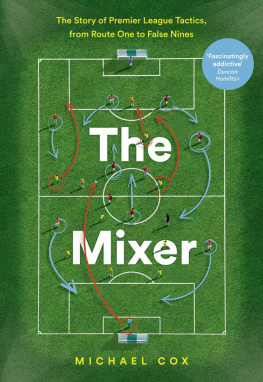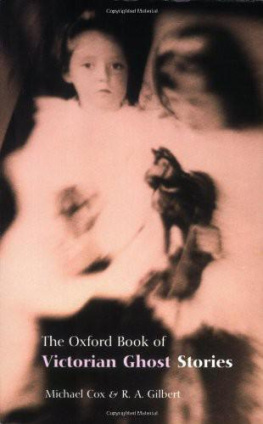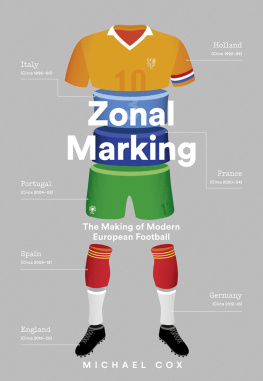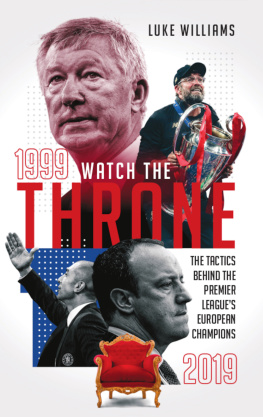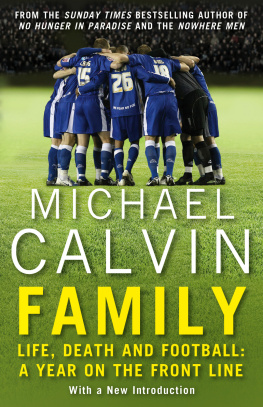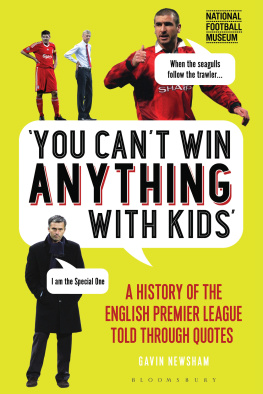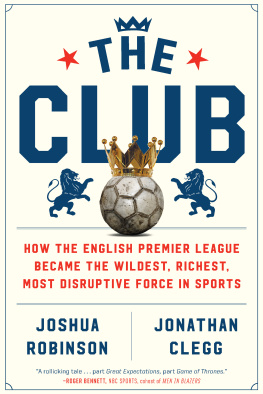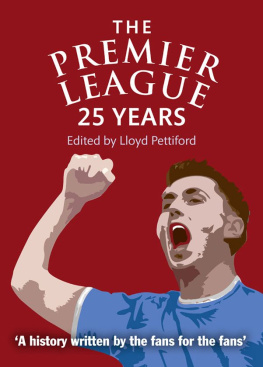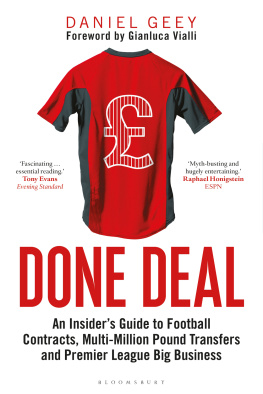
HarperCollinsPublishers
1 London Bridge Street
London SE1 9GF
www.harpercollins.co.uk
First published by HarperCollinsPublishers 2017
FIRST EDITION
Michael Cox 2017
Cover design Simeon Greenaway HarperCollinsPublishers 2017
Cover photographs Shutterstock.com, DariuszPa/Getty Images
A catalogue record of this book is available from the British Library
Michael Cox asserts the moral right to be identified as the author of this work
All rights reserved under International and Pan-American Copyright Conventions. By payment of the required fees, you have been granted the nonexclusive, non-transferable right to access and read the text of this e-book on screen. No part of this text may be reproduced, transmitted, downloaded, decompiled, reverse engineered, or stored in or introduced into any information storage retrieval system, in any form or by any means, whether electronic or mechanical, now known or hereinafter invented, without the express written permission of HarperCollins e-books.
Find out about HarperCollins and the environment at
www.harpercollins.co.uk/green
Source ISBN: 9780008215544
Ebook Edition June 2017 ISBN: 9780008215569
Version: 2017-04-26
Contents
Get it in the mixer!
These five words represent the simplest tactic in football: launch the ball into the penalty box, take advantage of the ensuing chaos, perhaps following a goalmouth scramble, and hope to pinch a scruffy goal.
Its an approach rightly ridiculed today, but as recently as the 1980s it was English footballs most popular tactic. During this period tactical thinking was influenced heavily by Charles Hughes, the Football Associations director of coaching, who clumsily employed statistics to illustrate the value of launching the ball quickly downfield. He effectively formulated English footballs national coaching curriculum, as well as working alongside England managers Bobby Robson, who was sceptical about Hughess methods, and Graham Taylor, who was altogether much keener.
Hughes was obsessed with players thumping the ball into the position of maximum opportunity (POMO) inside the box, level with the far post as often as possible. Hughes did have other, more sophisticated ideas, but his obsession with POMO dominated, and harmed, English football by creating predictable, simplistic teams and one-dimensional, brain-dead players. At the time of the Premier Leagues formation in 1992, therefore, English football was considered to be about long balls, about route one, about POMO, about getting it in the mixer.
But this was a darker period for more significant reasons, as an overwhelming hooligan problem meant English football was derided both in the national media and across Europe. The nadir came with the 1985 European Cup Final at the Heysel Stadium in Belgium, when Liverpool supporters charged at Juventus fans, resulting in 39 people being killed by a collapsing wall. English clubs were subsequently banned from European competition for five years, and English footballing culture, traditionally slow to embrace tactical innovations from abroad, consequently became even more insular.
There were other tragedies. A fortnight before the Heysel disaster, 56 people were killed at Bradford Citys Valley Parade by a fire that engulfed an entire stand within minutes. Four years later, grave policing errors at Hillsborough resulted in the deaths of 96 people, a tragedy subsequently blamed, consistently and incorrectly, upon supporters.
In the aftermath of the Bradford fire a leading article in the Sunday Times described football as a slum sport played in slum stadiums, increasingly watched by slum people. It was a desperately distasteful description, but serves as a useful low-water mark for measuring English footballs subsequent development. Slum people? The problem of hooliganism was largely defeated in the years that followed. Slum stadiums? The Taylor Report recommended all-seater grounds, and the Premier Leagues formative years were dominated by new or dramatically renovated stadiums. Slum sport? English football changed enormously during the Premier League era, its popularity rising dramatically, first within England and then across the world.
While the Premier League was identical in its basic sporting structure to its predecessor, the old First Division, Englands top flight benefited from something of a rebrand considering the aforementioned problems, and 1992 isnt an entirely arbitrary start date for footballs modern age as explained in the opening chapter.
The concept of the Premier League enabled top-flight clubs to gain independence from the Football Association and the Football League, allowing them to negotiate lucrative broadcast and sponsorship contracts. The broadcasting aspect proved most significant; a bidding war between ITV and Sky ensued, with the latter securing TV rights in a move that completely transformed its previously loss-making satellite subscription service. Incidentally, Manchester United manager Alex Ferguson was one of the fiercest critics of the Premier League, ridiculing the concept as a piece of nonsense that would sell supporters down the river. But Ferguson would define the division more than anyone, winning 13 of the first 21 titles before his retirement in 2013.
This book isnt an account of the Premier Leagues business development, but its impossible to ignore the extraordinary surge in TV revenue. The Premier League received 51m per season in broadcasting rights between 1992 and 1997, then considered a staggering amount. This sum increased exponentially over the next two decades, reaching 2.75bn per season by 2016, 50 times more than in 1992. Sky were effectively paying over 11m to screen each live match, a staggering figure when you consider rights to the entire final old First Division season cost less than 15m. A division essentially created to provide televisual entertainment has proved successful beyond anyones wildest dreams.
Its worth remembering, too, that these figures werent plucked out of thin air. Broadcasters could justify paying these eye-watering sums because of the huge public demand, which was fuelled by the Premier League becoming such a fantastic spectacle, the worlds most thrilling league. Set against the dark days of the 1980s, it represents an incredible turnaround. How did the football the product, as the marketing men would say become quite so good?
This book seeks to explain how. Although the 25 years are represented by 25 chapters, this is a thematic rather than a literal season-by-season account. The focus is upon the revolutionaries: the innovative managers, the game-changing players, the inspirational teams, the new tactical concepts, the off-field developments that influenced playing styles. The story is about the Premier League becoming universal, in two different ways.
First, it became universal on a tactical level. In the early 1990s there were very specific demands for every position defenders simply defended, attackers simply attacked. But gradually positions became more all-encompassing, with defenders expected to start attacking moves and attackers encouraged to start defensive pressure. Players were increasingly all-rounders rather than specialists.
Second, it also became universal on a geographical basis, as English clubs broadened their horizons and became increasingly dependent upon foreign players and managers. Amazingly, on the Premier Leagues opening weekend in August 1992, just 11 foreign players started for the 22 clubs combined, and there were no foreign managers. By its 25th season, the majority of Premier League players and managers were foreign and almost every major footballing nation on earth was represented. Of the top 25 countries in the FIFA rankings, only Mexico and Costa Rica didnt have a Premier League representative in 2016/17.

